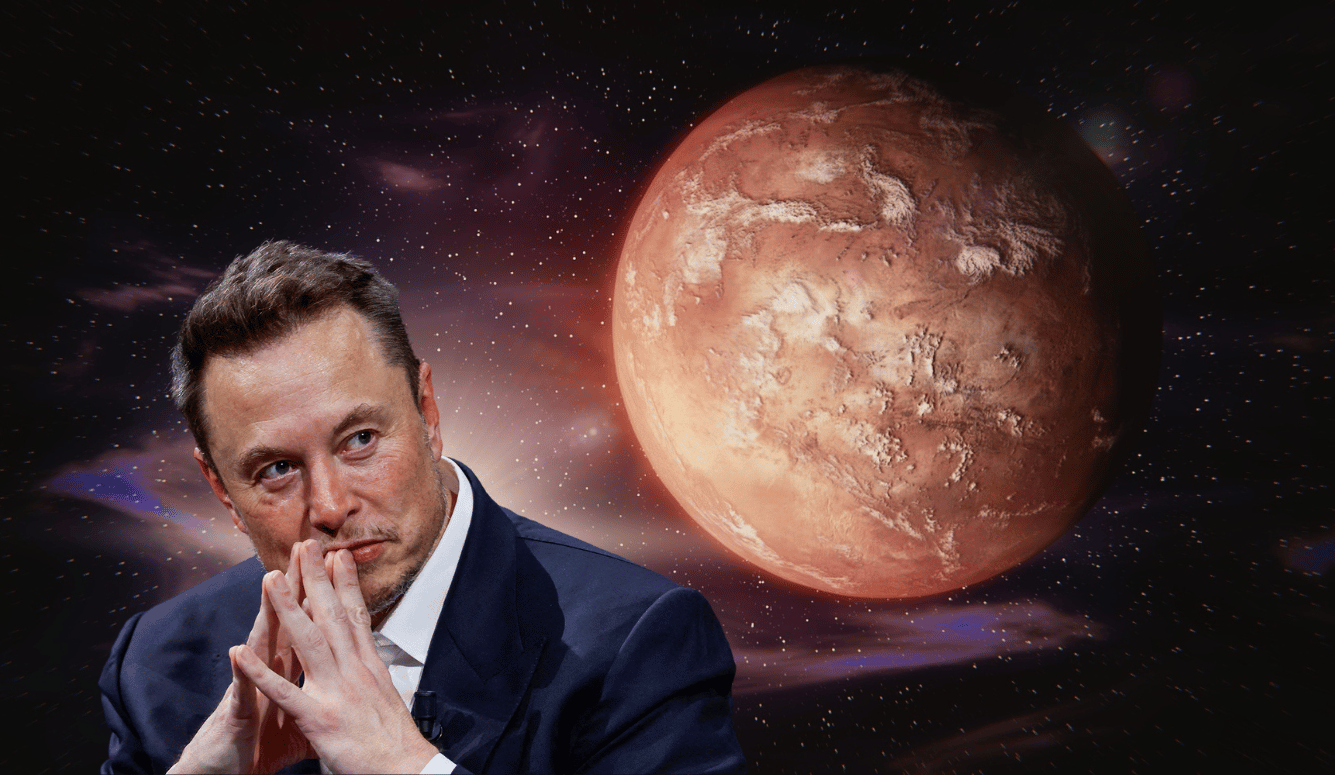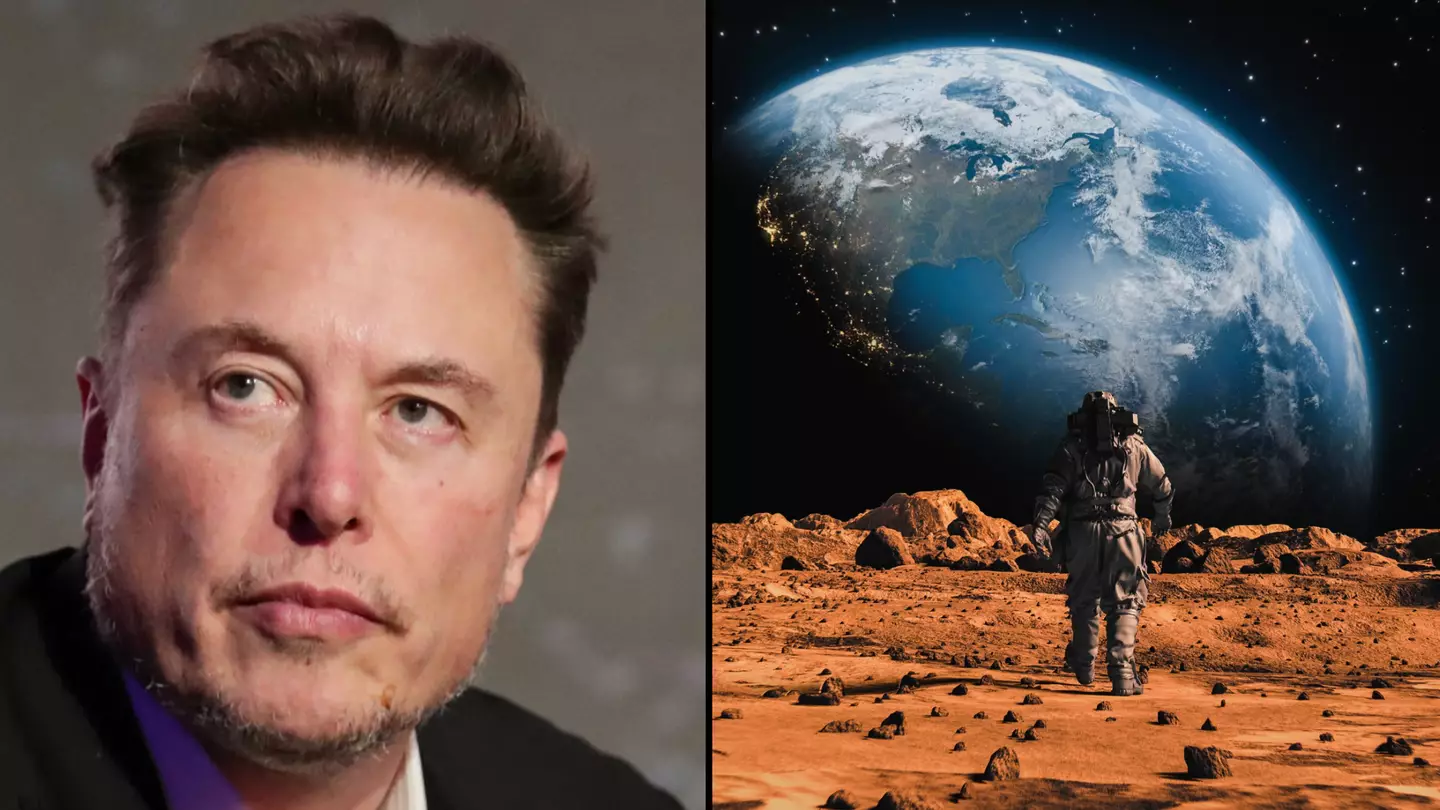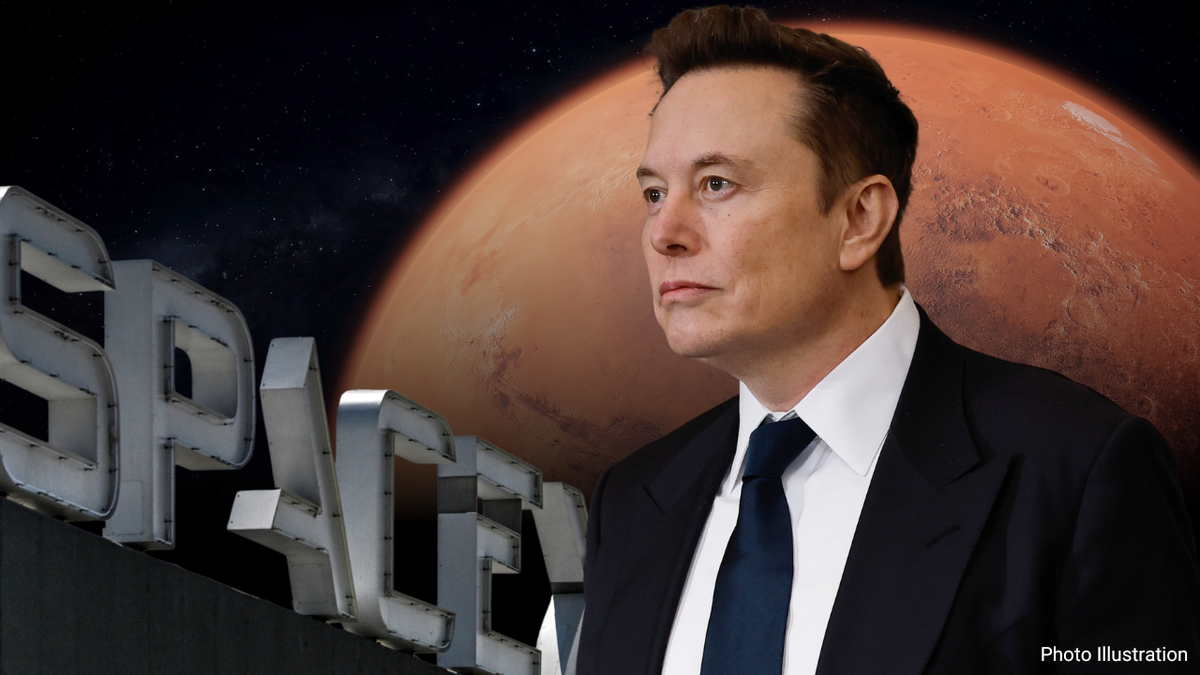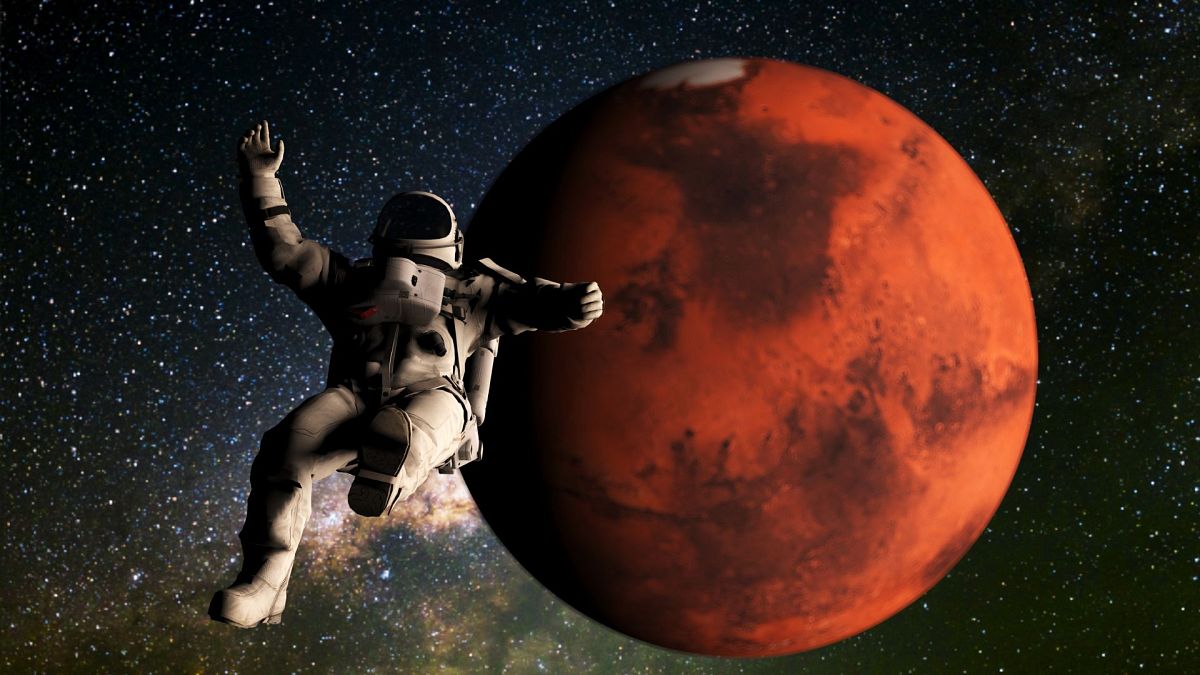
Elon Musk has reignited his vision of human colonization of Mars with renewed vigor and ambition, positioning his aerospace company SpaceX at the forefront of what could become humanity’s most monumental endeavor in centuries.
The billionaire entrepreneur’s commitment to ushering in a “multiplanetary” era is no longer just a distant dream but a concrete plan, marked by aggressive timelines and unprecedented technological challenges.
Central to this vision is the Starship spacecraft, a towering rocket designed to ferry humans and cargo across the vast expanse between Earth and the Red Planet. Despite recent setbacks with its flight tests, Musk remains undeterred, offering detailed updates and bold predictions about the future of space exploration.
The dream of establishing a self-sustaining civilization on Mars has been a recurring theme throughout Musk’s career. In a video released by SpaceX, Musk outlined his vision, emphasizing that each launch of Starship is a learning opportunity aimed at refining the technology and addressing the immense challenges of interplanetary travel.

He spoke passionately about improving Starship’s heat shield tiles to withstand the extreme conditions during re-entry into the Martian atmosphere, an issue that has plagued the recent flight tests.
Musk estimated there is an eighty percent chance that the engine bay issues, which contributed to previous explosions, have been resolved, yet he tempered expectations with cautious optimism.
Musk’s long-term goal is nothing short of revolutionary. He envisions fleets of Starship vehicles launching every two years, each capable of carrying thousands of passengers and vast amounts of cargo.
The ultimate aim is to create a thriving metropolis on Mars, where humans can live independently, safeguarding civilization against any catastrophic events on Earth. Musk described this as the “best adventure one could possibly do,” inviting humanity to help build a new world on a new planet.

The timeline Musk proposes is ambitious. He hopes to launch the first uncrewed Starship to Mars by the end of 2026, capitalizing on the rare orbital alignment that minimizes travel time between the two planets.
This launch window, occurring approximately every two years, offers the most efficient path for spacecraft. Should this window be missed, the next opportunity would arise in 2028. The journey itself is expected to take between seven and nine months.
Although the first mission will carry no human passengers, it will include Tesla’s Optimus robots, which Musk imagines will explore and operate on Mars, helping prepare the surface for future colonists.
Selecting a landing site is another critical aspect of Musk’s plan. SpaceX is currently evaluating multiple potential locations, with a volcanic plain called Arcadia in Mars’ northern hemisphere emerging as a favorite.

This region offers relative safety for landings due to its flat terrain and has accessible water ice, vital for supporting human life and creating fuel. These considerations illustrate the meticulous planning behind what Musk describes as a foundational step toward establishing a permanent Martian settlement.
Yet, the path to this interplanetary future is fraught with technical hurdles. Starship has experienced several failures during its test flights, including recent explosions shortly after launch.
Despite these setbacks, SpaceX has received regulatory approval to increase the pace of testing dramatically, aiming for up to twenty-five flights annually. Musk sees these tests as essential for gathering data to perfect the vehicle’s design and functionality.
Starship itself is a marvel of engineering. Standing over 400 feet tall, it is the largest and most powerful launch vehicle ever developed. The design consists of two main components: the Super Heavy booster, which provides the initial thrust to escape Earth’s atmosphere, and the Starship upper stage, designed to carry crew and cargo.

Musk has plans to upgrade the Starship with Raptor 3 engines by the end of the year, which will simplify the rocket’s design by removing the need for heat shields around certain components. This upgrade promises to enhance reliability and efficiency, key factors for the ambitious Mars missions.
SpaceX’s broader ambitions align closely with NASA’s evolving objectives. Although President Donald Trump’s 2026 budget proposal calls for a 25 percent reduction in NASA’s overall funding, it earmarks more than a billion dollars specifically for Mars exploration.
This includes establishing the Commercial Mars Payload Services Program, which aims to partner with private companies like SpaceX to develop technologies critical for Mars missions, including spacesuits and vehicles.
This public-private collaboration could accelerate the realization of Musk’s vision and redefine America’s role in space exploration. Musk’s vision is not just about technological achievement but also about ensuring the long-term survival of humanity.

He argues that establishing a civilization beyond Earth will protect the species from existential risks such as nuclear war, pandemics, or environmental disasters. In this light, Mars colonization is both a scientific endeavor and a strategic imperative for the future of mankind.
The entrepreneur’s confidence is rooted in his track record of transforming industries. From revolutionizing electric vehicles with Tesla to pioneering reusable rockets with SpaceX, Musk has repeatedly demonstrated his capacity to achieve what many thought impossible.
His current focus on Mars represents the next frontier, a grand challenge that combines engineering, innovation, and vision on an unprecedented scale. However, Musk’s Mars mission faces significant challenges beyond engineering.
The physical and psychological toll on astronauts, the harsh Martian environment, and the logistics of sustaining life on another planet remain formidable obstacles. Success will require advances in life support systems, habitat construction, and resource utilization.
Musk acknowledges these complexities but remains optimistic that the combined efforts of SpaceX and the broader scientific community will overcome them. As Musk continues to push SpaceX forward, the world watches with a mixture of awe and skepticism.

The ambition to send humans to Mars within a decade is bold and fraught with uncertainty, yet it captures the imagination and hope of many. Whether Musk’s plans will materialize as envisioned remains to be seen, but the endeavor itself marks a pivotal moment in humanity’s quest to explore the cosmos.
In summary, Elon Musk’s latest statements reaffirm his unwavering commitment to making life multiplanetary through the development of Starship and the colonization of Mars.
Supported by key government initiatives and regulatory approvals, SpaceX is poised to accelerate its testing and innovation. Despite recent setbacks, the dream of establishing a self-sustaining city on Mars within the next few decades remains alive, driven by one of the most audacious visions of our time.



